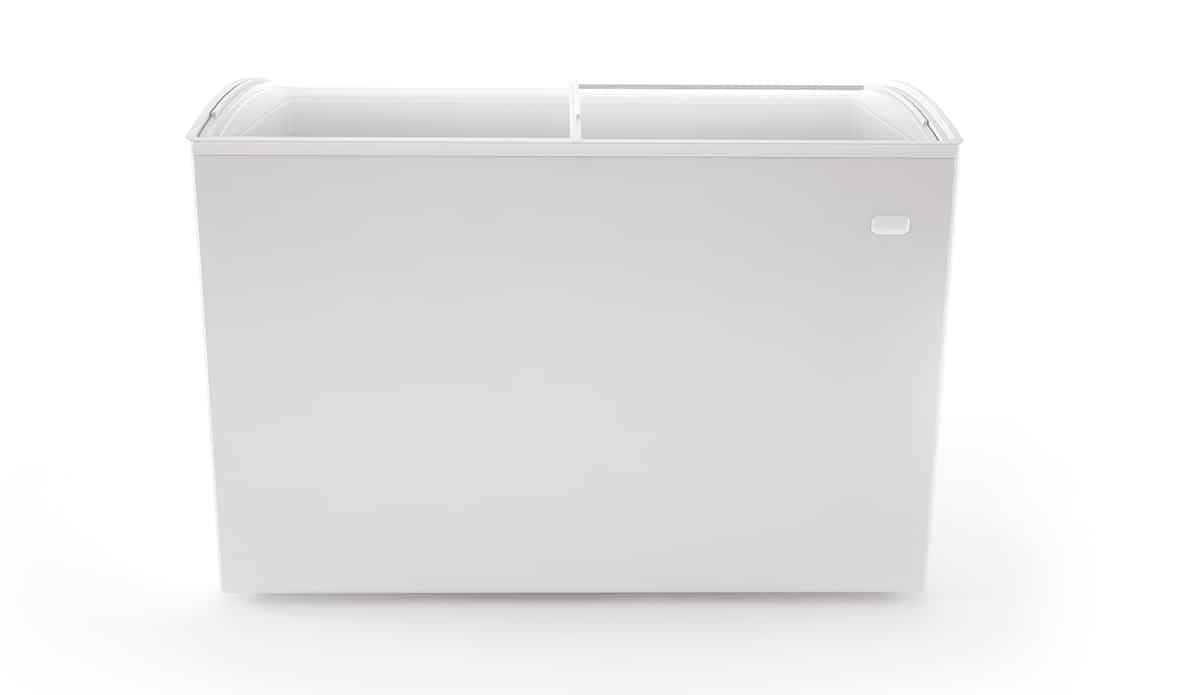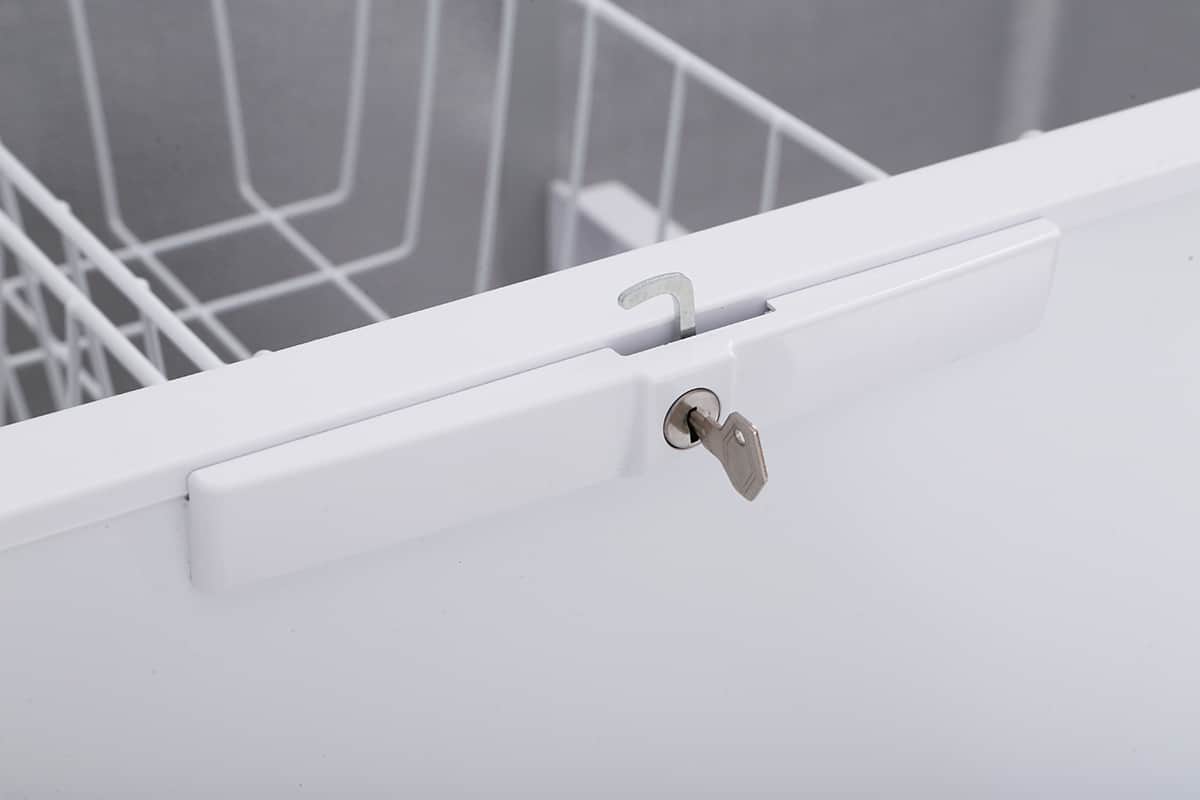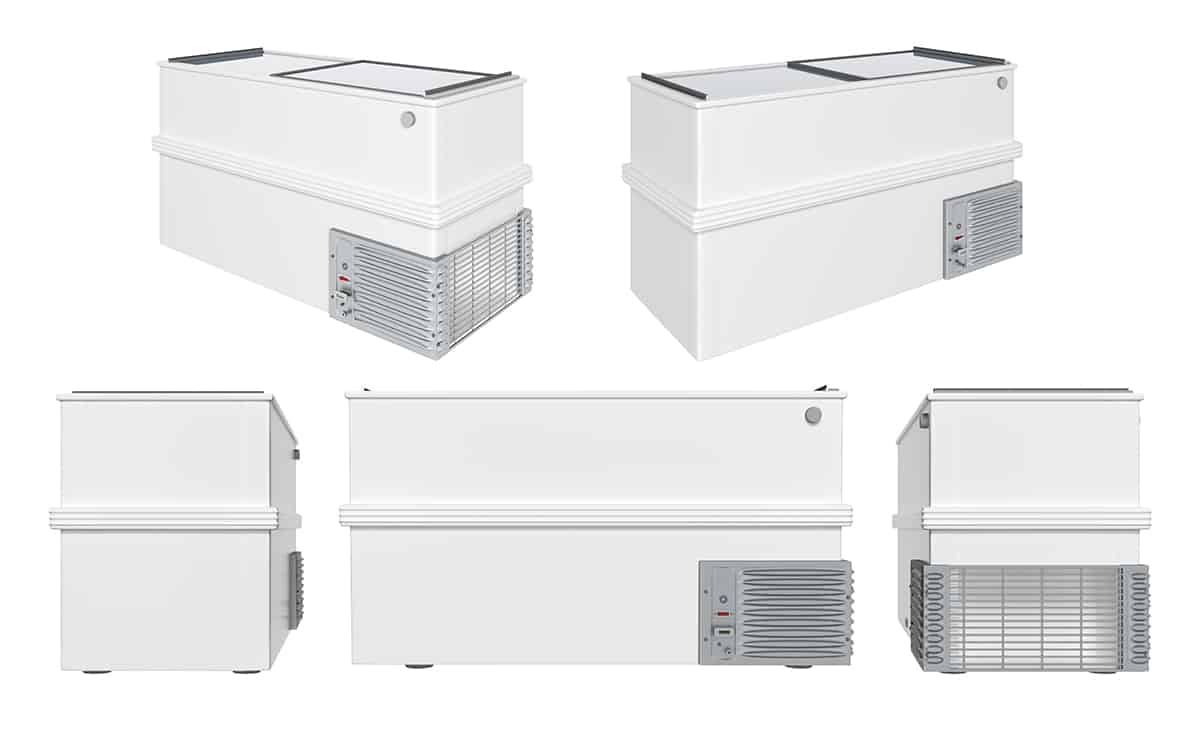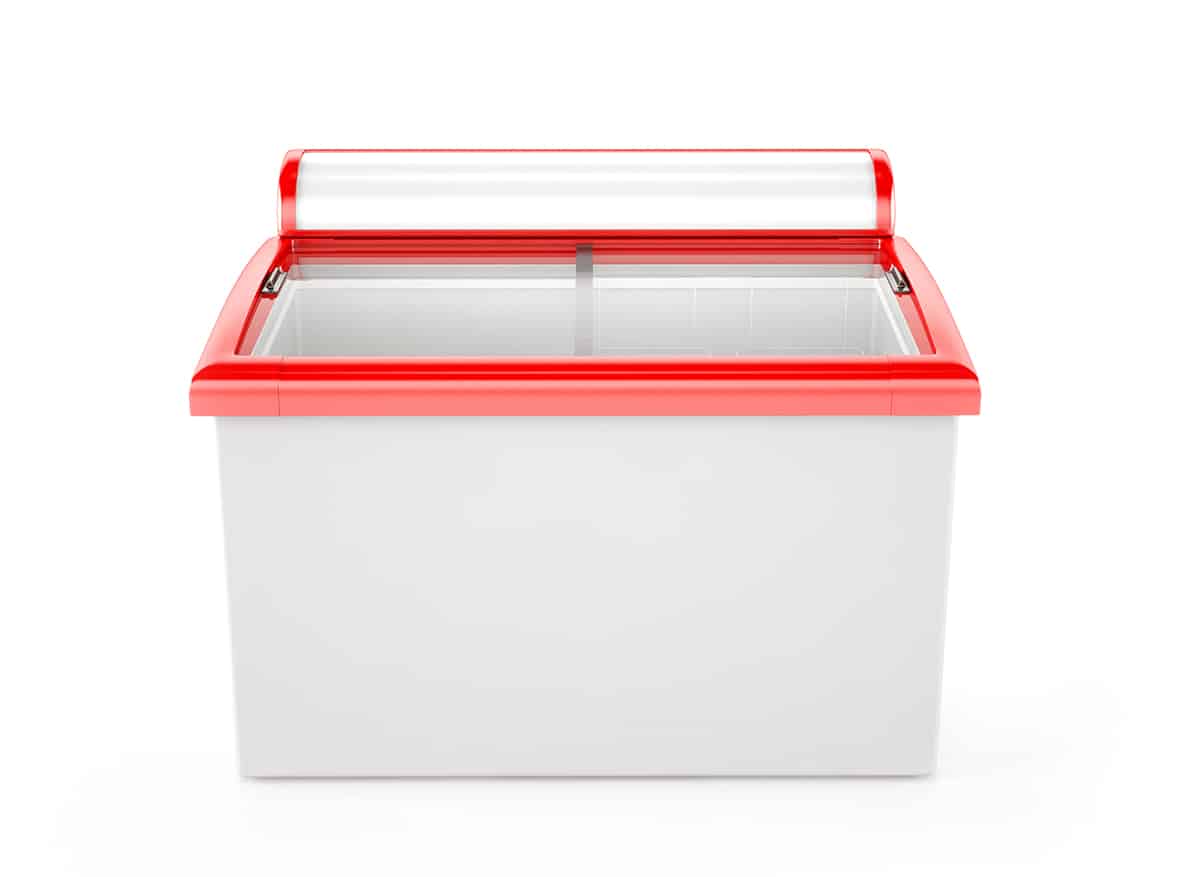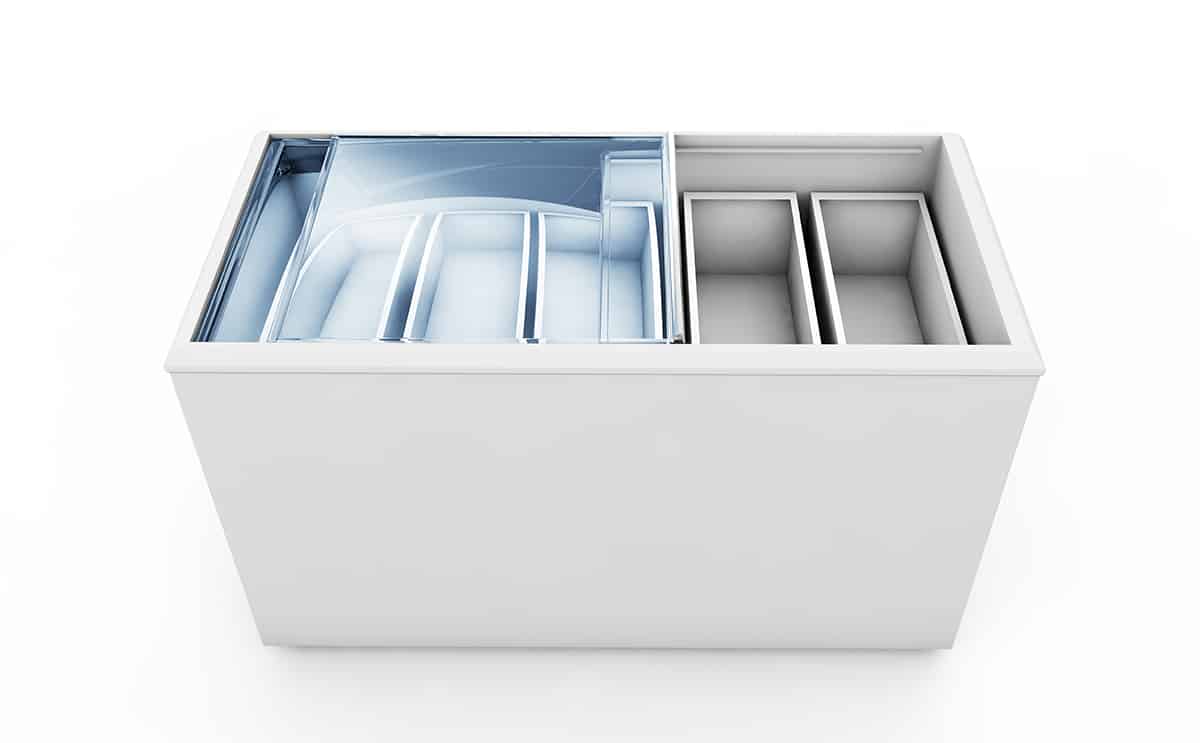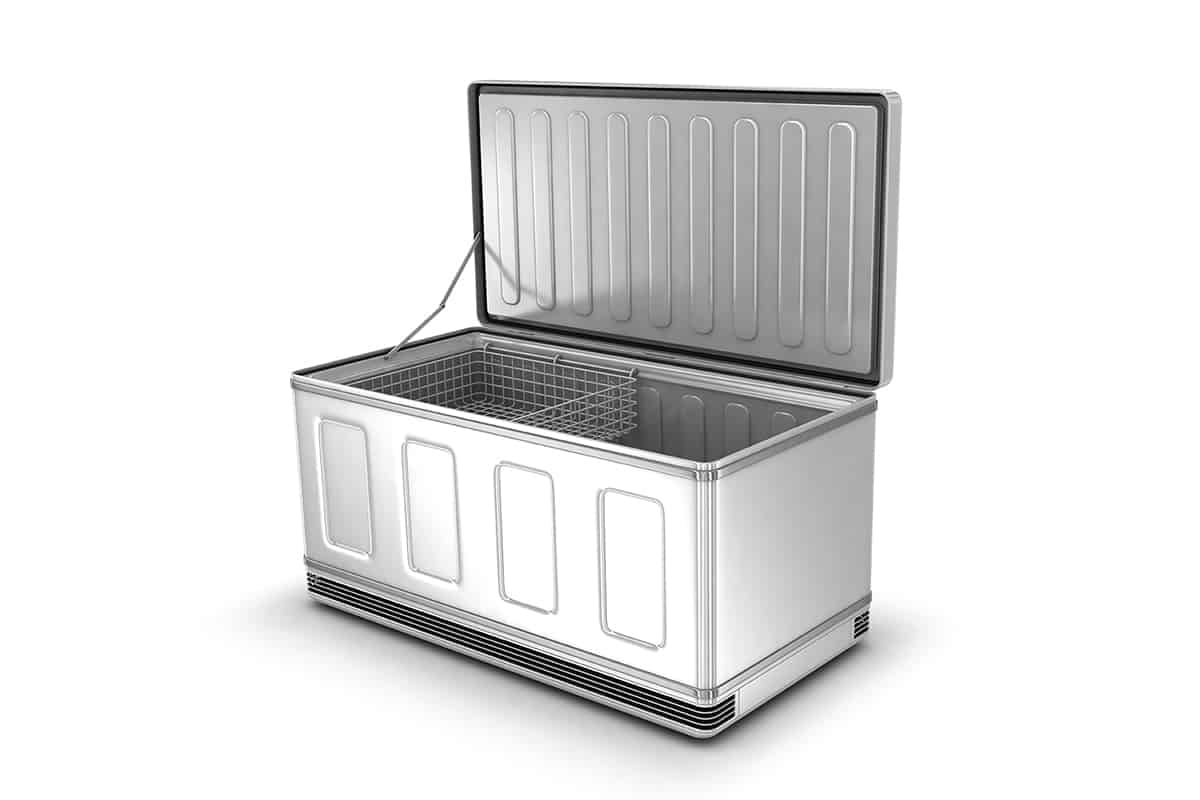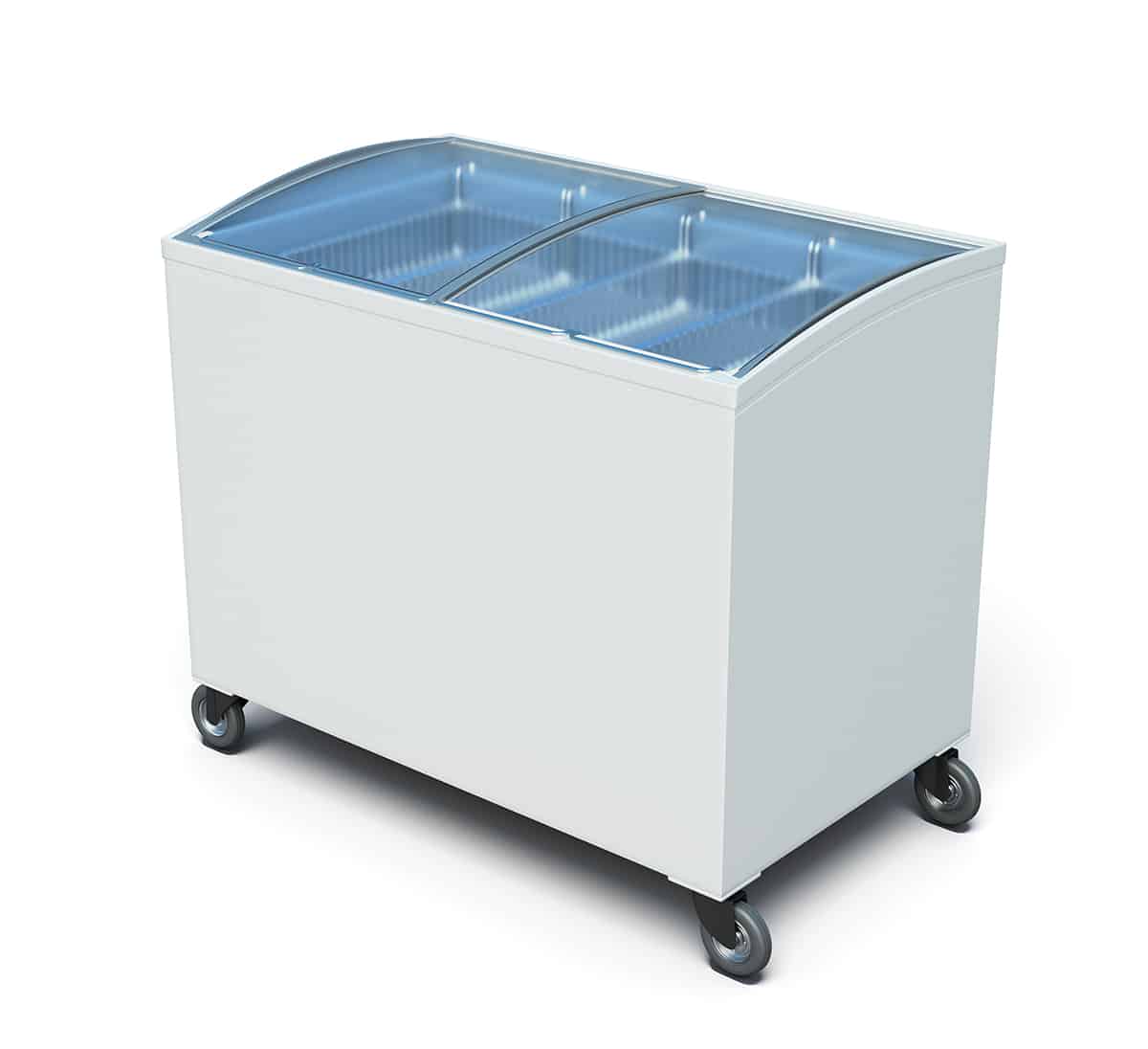Chest freezers are vital appliances for any household, providing valuable storage space for frozen goods and playing a key role in preserving food. However, they can sometimes encounter issues that affect their ability to freeze properly. This can be a frustrating and confusing problem for many homeowners, especially when it seems to occur unexpectedly.
Chest freezers are especially useful for big families or those who like to buy food in bulk. However, sometimes chest freezers can make strange noises, like buzzing sounds, which can be annoying or even a sign that something isn’t working right.
Chest freezers are typically classified as small, medium, or large based on their capacity. Small chest freezers have a capacity of 3.5 to 7 cubic feet, medium ones range from 7.1 to 14 cubic feet, and large freezers have a capacity of 14.1 to 25+ cubic feet.
It’s more than possible to overfill a chest freezer, especially if you don’t know how to arrange the contents. Overcrowding not only makes it difficult to find what you’re looking for, but it can also reduce the efficiency of your freezer, leading to increased energy consumption and the potential for spoiled food.
Chest freezers are an essential appliance for anyone looking to store large amounts of frozen food. They are reliable and cost-effective, but they come with a drawback – they can leak water from underneath. While it may seem like a small issue, the leaked water can cause significant damage to your floors and can even result in an electrical shock if the water comes in contact with electrical components.
Chest freezers typically last between 15 to 20 years, with some high-end models lasting up to and beyond the 2-decade mark. The lifespan of a chest freezer depends on various factors such as the make and model, usage, and maintenance.
For the lucky ones who have invested in a chest freezer, you know the convenience it brings to your life. However, there comes a time when you may need to leave your home for an extended period, and the thought of leaving your freezer unused can be daunting. So, how do you prepare a chest freezer if you’re not going to use it for a long time?
Chest freezers are generally heavy appliances with an average weight of around 95 pounds. The weight can vary depending on the size, model, and features of the chest freezer. A small chest freezer may weigh between 50-70 pounds, while a larger one can weigh up to 150 pounds or more.
Ways to remove bad odors from chest freezers include defrosting the freezer and cleaning the inside with a disinfectant, setting a tray of baking soda or cat litter in the freezer to absorb the bad smells, or stuffing the freezer with rolled newspapers.
Rooms which have carpets are not ideal for chest freezers because they can interfere with the required airflow. If any leaks or condensation drip from the bottom of the chest freezer, this can be harder to spot with carpet, and it can also result in the presence of mold. However, there are things you can do to make a carpet more suitable for a chest freezer, such as using a drip tray or a rubber mat beneath it.
If the freezer repair is going to be expensive then you might be better off cutting your losses and replacing the broken chest freezer with a new one. New chest freezers range from around $300 to $1000, so if your appliance engineer quotes you several hundred dollars to fix the problem, then you should certainly look at alternative options.
While most chest freezers are designed to be kept inside the home, there are some that can withstand outdoor conditions. Whether or not you can keep a chest freezer outside will largely depend on your local climate, and the type of conditions it will be kept in. Extreme temperatures are likely to cause an outdoor freezer to malfunction, but if you can keep the freezer sheltered then you may be able to let it stay outside.
